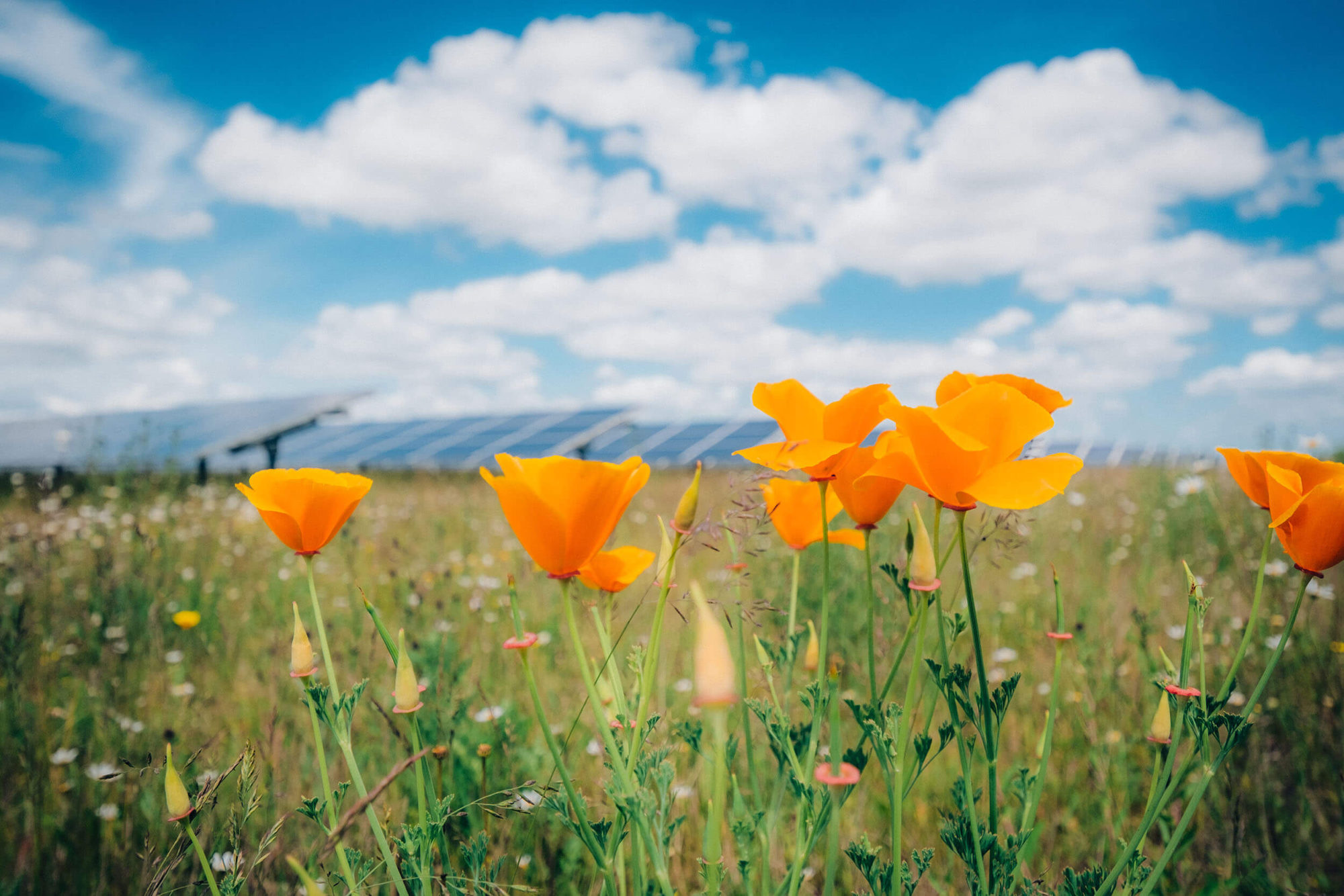The designing, process support, and delivery of solar fields and battery storage parks are done by LC Energy out of the firm conviction that we must take responsibility for our energy consumption. Future generations, our children, grandchildren, and great-grandchildren, will be exposed to our current behavior. Reaching that realization is one thing; successfully changing it is quite another. LC Energy, therefore, wants to help accelerate the energy transition. We take this responsibility very seriously. This comes to fruition in our unique approach of focusing on stakeholders and striving for healthy biodiversity surrounding all renewable energy sites. Besides this, our responsibility is not finished after the realization of a solar field. We remain actively involved and continue our investment of know-how and expertise.

Research and innovation
Future potential
The large-scale implementation of solar energy is still in its infancy—the first solar parks date back only to 2011. Furthermore, the large-scale integration and implementation of solar parks in the Dutch landscape have only been done since 2017. However, solar energy holds great potential for large-scale generation of sustainable energy. A realistic estimate is that by 2050, the Netherlands will contain approximately 45,000 hectares of solar parks.
Research on landscape integration
The maximum potential for solar energy on rooftops in the Netherlands was calculated by DNV-GL & PBL in 2014 to be 60,000 hectares. This amount is far from sufficient to meet our energy needs. Solar parks on (former) agricultural lands are, therefore, a valuable next step. Given the future prominent role of solar energy in our landscape and the lack of knowledge about proper landscape integration, we believe it is essential to conduct thorough research into the opportunities and application of large-scale solar parks. Especially now that only the first thousand hectares have been realized in our country.
Wageningen University & Research (WUR)
We believe that solar parks should be designed as efficiently as possible. This means they should be profitable while making optimal contributions to a multifunctional landscape. This involves realizing or restoring natural processes and striving for good biodiversity. It is now known that solar parks, if well-planned, offer opportunities for the establishment and increase of insects and other fauna in the area. Therefore, LC Energy collaborates with Wageningen University & Research (WUR) to research solar parks and their integration. Many aspects come into play in this research. Virtually all of these aspects converge in one of our projects, Solar Park Nergena. For this reason, we are developing this park into a research facility in collaboration with WUR, allowing WUR to conduct important (independent) research on this park. The research results will be of national importance and made public in due course.
Bezoek websiteInnovative perspectives and solutions
WUR is always seeking new connections and insights. Exactly how vegetation growth can be maximally promoted has yet to be discovered. A solar park affects the amount of sunlight and rainfall reaching the soil. The soil composition and flora growth strongly depend on this. WUR researchers always opt for innovative perspectives and solutions. Experimentation can be conducted by varying the heights, widths, and distances between the solar panels. Finally, the human experience of the solar park will also be measured in the research because, although our solar parks are minimally visible, residents rightfully have an opinion about a solar park in their environment.
No answer to your question? Friso Huizinga is happy to tell you more.




